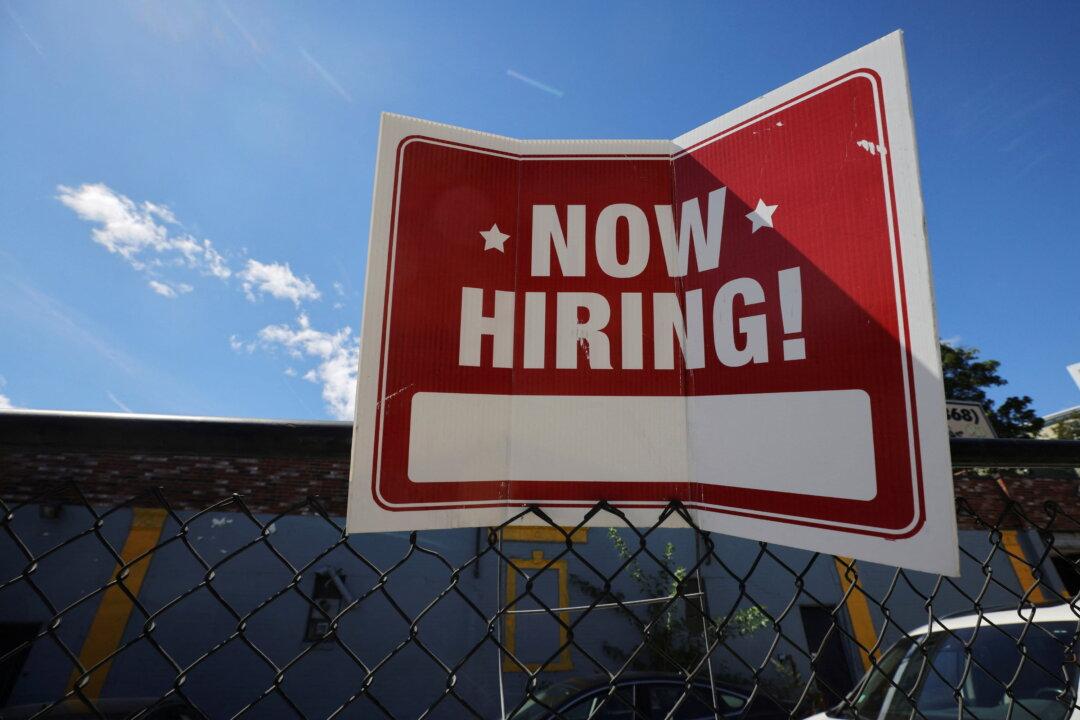More signs of weakness have surfaced in the U.S. labor market as a government report showed jobless claims rising above market expectations while data from outplacement firm Challenger, Gray & Christmas showed job cuts surging by a whopping 46 percent in September.
The number of weekly unemployment filings came in at 219,000 last week, a Department of Labor report (pdf) showed, ending a multi-week streak of falling jobless claims. Economists polled by Reuters expected 203,000 unemployment claims.





